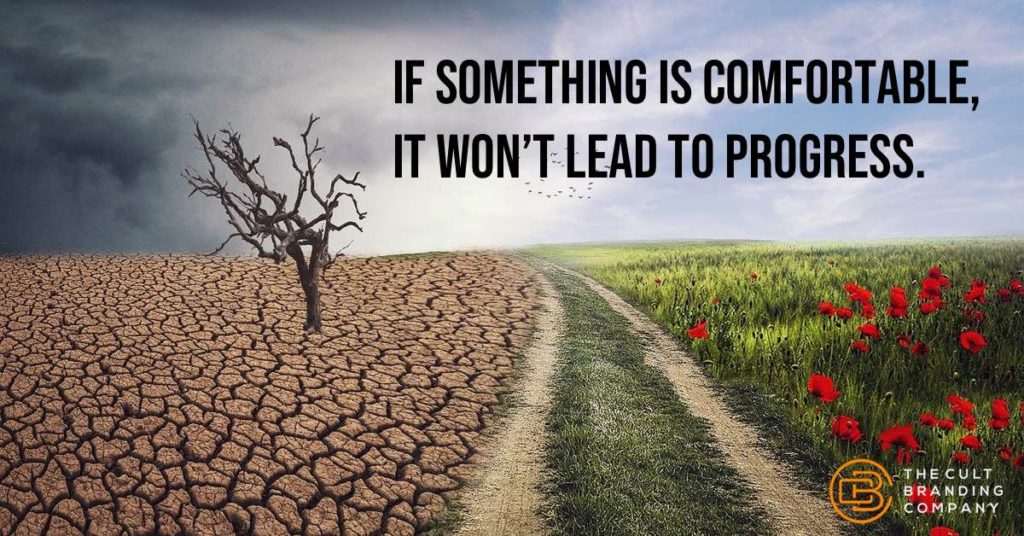“Before I can tell you the story, you have to try the shot.” – Fred Mossler Co-Founder Zappos.
You mean the one with the scorpion in it?
“Yeah and you should shoot it together, you definitely don’t want to eat the scorpion alone.” – Fred
“BJ, The Scorpion Shot is so popular, that we are now vertically integrating scorpions into our business model.” – Tony Hsieh Zappos CEO
We are celebrating Nacho Daddy’s 5 Year Anniversary in Las Vegas.
Fascinated by all things culture, I am naturally intrigued by the story and the sense of community that taking this shot provides.
Gulp! It’s gone, scorpion and all.
Soon after we are sitting in the middle of T-Mobile Arena where the biggest show in Vegas is about to go off, the Knights take the ice, and the crowd goes wild. Maybe it’s the tequila or the scorpion, but I am vibrating even though I have no clue about the game of hockey, but I understand people can feel the energy and it is electric.
Brand Rituals are All Around Us
Separating Oreo’s and dunking it in milk, or Breaking a KitKat into halves and eating it on a break, Popping the cap of the Pringles tube or if you want to get fancy The Stella Artois’ 9-step pouring ritual. These brand rituals play a crucial role in building a sense of belonging and community around the brands.
Rituals offer consumers the chance to interact with a brand. Because people want more than just consumption – they appreciate experiences.
Over the years I have observed different strategies that work towards creating powerful and emotional experiences. Here are a few questions to consider when building your plan:
Can you create and experience specific to your audience?
How can it be specific to your brand?
Ritualize Your Brand
Our job is to explore the elements of your brand that lend themselves to becoming ritualized. How might you make your product or service part of the daily lives of your customers? Is it even possible?
How might you use brand rituals to create a greater sense of “team” and “family” with your employees, and to fuel their passions for supporting the brand?
Creating a ritual around your brand, whether it’s focused internally or externally, is one of the most useful tools you have to engage people and it’s one of the critical components necessary for building a successful cult brand.
Onward!


